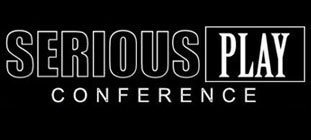Nowadays, blended learning consists of iPads, smartphones, and laptops in the classroom. However, blended learning programs can use technology as simple as a television. MIT Blossoms (Blended Learning Open Source Science or Math Studies) provides free math and science video lessons for teachers to use in class. The program was inspired by "old-fashioned" blended classrooms that consisted of only a television and a VCR, which teachers used to play videos that accompanied their lessons. Blossoms's founder Richard Larson, a professor of engineering systems at MIT, put his own spin on this version of blended learning by adding active learning sessions designed to be conducted by a classroom teacher.
Each video lesson consists of video segments, a teacher's guide, printable hand-outs and a list of additional online resources that are relevant to the lesson. For example, Blossoms's first video lesson featured Larson teaching about triangles, random numbers and probability, which featured him sawing a yardstick into pieces. Today there are over one hundred free lessons available, which are being used all over the world in countries such as the US, China, Pakistan, and Brazil.
It's safe to say that the program isn't popular due to new and innovative technologies. Instead, MIT Blossoms focuses on what classrooms really need - full attention on both the teacher and the lesson. Unlike most blended learning classrooms, Blossoms is not "student-centered" but is instead "teacher-centric"; the lesson are designed to avert student attention at both the teacher on the video and the classroom teacher. Furthermore, the program is not BYOD - in fact, students must turn off their laptops and smartphones once lessons begin to ensure that "students are looking at the video, at the teacher, or at each other, not at their own screens."
While Blossoms differs from several other blended learning programs, it still focuses on the same outcomes: student-directed learning with guidance from an experience teacher, less distracted classrooms, and more student collaboration. Although the program may be much simpler than other programs, it is definitely seen as a "gentle bridge" to educational technology for teachers who are hesitant, and also enables teachers to play an active role in the classroom while bringing in educational technology to their students.
Interested in learning more about MIT Blossoms? Read the original article
"Putting Teachers at the Center of Education Technology" (Slate) or visit
visit the program's website.














